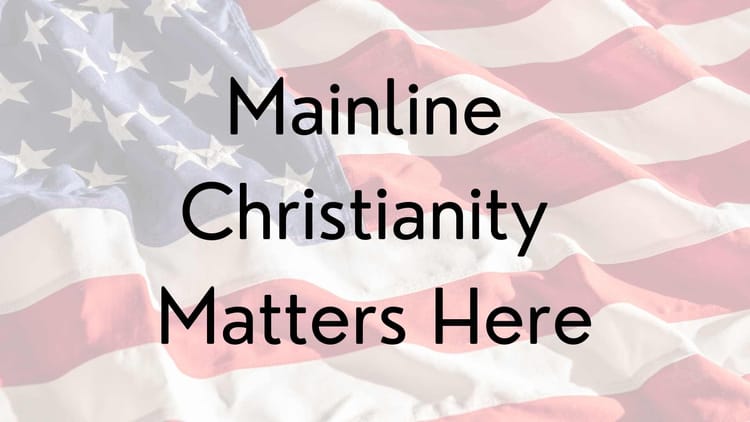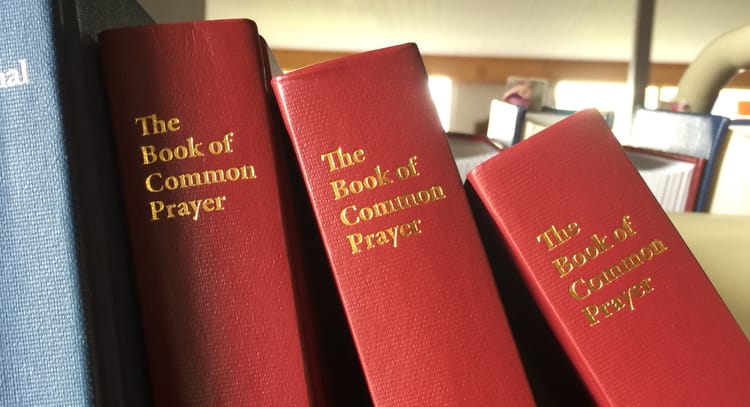What Makes a Church Sustainable?

But across my screen this morning came an excellent post from Adam Trambley about sustaining ministry in local congregations. And also across my screen this morning came a Sustainable and Strategic Ministry policy from the Diocese of Toronto (Anglican Church of Canada). And so it seemed clear that it was time to dust off this blog, update the theme, and get posting again.
I need to give Adam three cheers for asking the question: “How many new congregants must become active in a church each year in order to sustain the congregation’s ministry indefinitely?” Here’s the relevant quote from Adam’s post:
[W]e are probably looking at needing, in effect, to bring in 20% of our average Sunday attendance as new members every year, just to keep the same Sunday morning worshiping community.
These are the questions that must be asked as we face the realities of numerical decline, and too often clergy are afraid to ask them. However, I want to point out that actually, Average Sunday Attendance is not the only measure of congregational sustainability/viability. Other equally critical measures are financial and spiritual health.
Financial health is easy to measure: can a congregation afford to pay its basic and (relatively) fixed expenses? Some congregations sustain themselves by drawing (sustainably) on a sizable endowment. Frankly, I see nothing wrong with this. If the current generation is wandering from the faith, it is quite likely that generations in the future will need to return to the faith. They will only be able to do so if the faith is still taught and practiced, which can happen through congregations sustained by endowed funds.
Spiritual health is more challenging to measure, but it shows up when congregations sustain their ministry by re-imagining themselves through shifts in corporate identity, mergers, moves, etc. Major internal change like this requires a high level of spiritual health. As the Rev. Martin Luther King, Jr. said, “Faith is taking the first step even when you don’t see the whole staircase.” Spiritually healthy congregations are able to take that first step.
I believe Adam is correct that a congregation integrating newcomers equivalent to 20% of ASA each year would be sustainable. However, congregations who do not manage to integrate that number of newcomers can also be sustainable, if they have sufficient financial and/or spiritual health. Or, if they are strategically important to an entity beyond themselves which has the financial and/or spiritual health to sustain them.
Significant work on these questions has already been done by the Diocese of Toronto (Anglican Church of Canada). They have developed and use a “Strategic and Sustainable Ministry Policy” (upload via this link: sustainable_and_strategic_ministry_policy – taken from this page on website) which enables the assessment of parishes.
This policy provides guidelines for assessing the parishes of the diocese. There are specific criteria which enable parishes to be understood as sustainable, strategic, or unsustainable:
- Sustainable parishes are doing the work of Christ in their communities, self-supporting in terms of calling forth leadership and giving sufficiently to meet their own needs.
- Strategic parishes may not be self-supporting, but they make a difference in the world and the lives of their members, and are located in an area which is strategically important for the ministry of Christ in the diocese.
- Unsustainable parishes are not designated as “strategic,” are inwardly focused, and are not financially self-supporting.
I’ve never seen anything like this in the US church: has anyone else?
What conversation is going on where you are about how to assess a congregation’s sustainability?





Member discussion